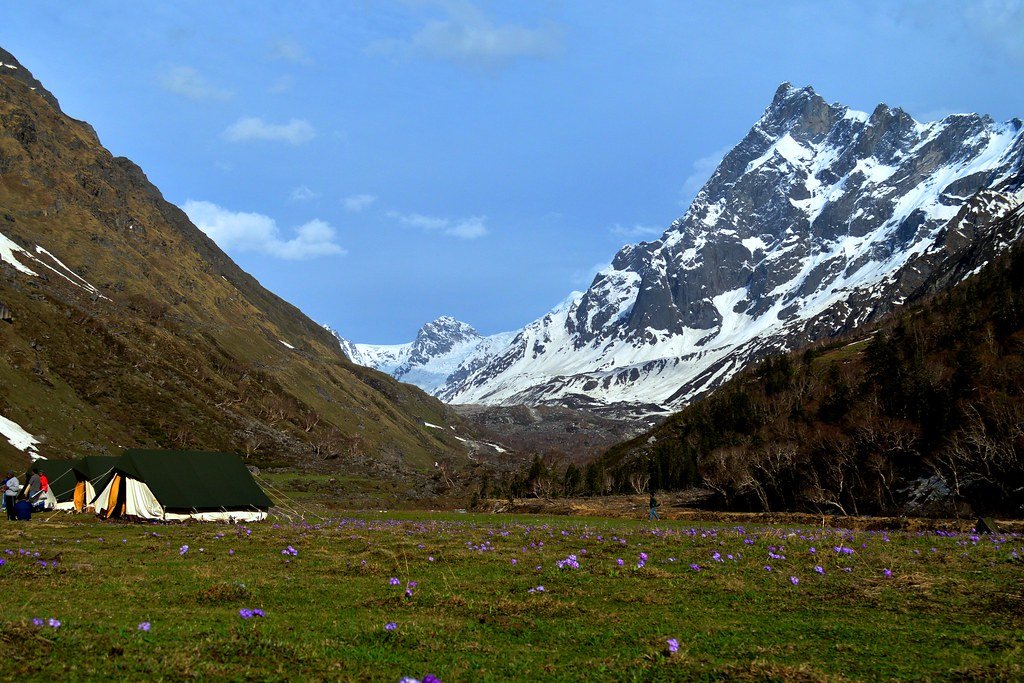Top 10 Places To Visit In Mahoba | How To Reach | Ultimate Tour Guide
Nestled in the Bundelkhand region of Uttar Pradesh, India, Mahoba stands as a testament to a rich tapestry of history and culture. Once the capital of the Chandela dynasty, which held sway over central India from the 9th to the 13th century, Mahoba is adorned with ancient temples, forts, lakes, and monuments. Notable landmarks include the Sun Temple, Gokhar Hill, Khakra Math, and Senapati Mahal. The city resonates with vibrant festivals like the Mahoba Mahotsav, honoring the legendary warriors Alha and Udal. Mahoba, with its proximity to attractions like Khajuraho, Orchha, and Jhansi, has become a sought-after tourist destination, inviting visitors to immerse themselves in its historical grandeur.
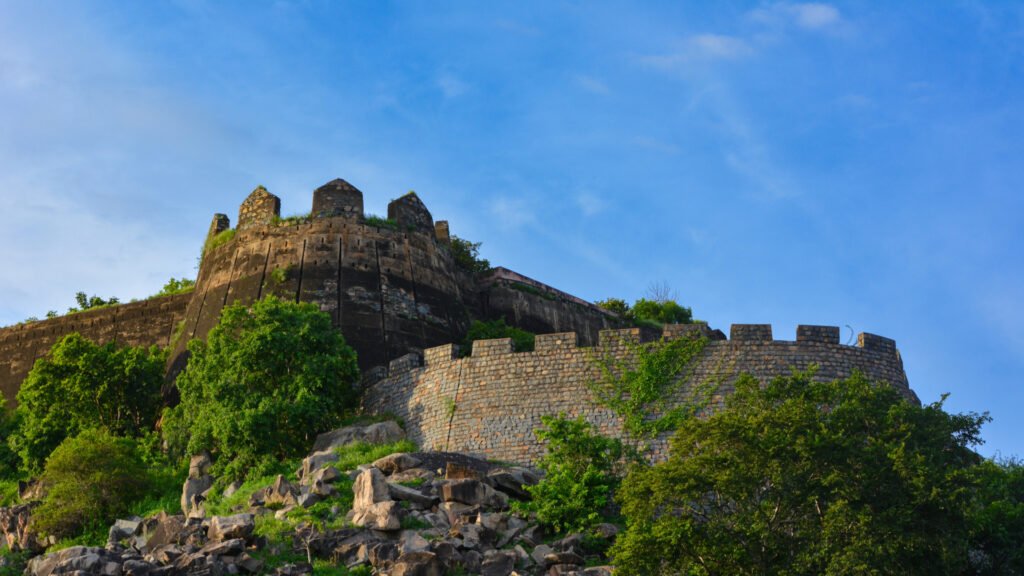
Best places To Visit In Mahoba:
Mahoba was once a prominent center during the Chandela dynasty’s rule. The city’s standout attraction is the colossal Kakra Khoh Fort, showcasing intricate architecture and panoramic views. Mahoba is also renowned for the magnificent Chandika Devi Temple, a testament to the city’s religious and cultural heritage. With a predominantly agrarian economy, Mahoba thrives on the cultivation of crops like wheat, pulses, and oilseeds. The city exudes a timeless charm, inviting visitors to explore its historical marvels and experience the enduring legacy of the Chandela dynasty.
Here is some places to visit in Mahoba:
2. Sun Temple
The Sun Temple in Mahoba stands as an ancient Hindu marvel devoted to the Sun God. Constructed in the 9th century AD Commissioned by the Chandela king Rahila Dev Varman, this temple is strategically located near the Rahila Sagar lake. Exemplifying the early Pratihara style of architecture, it features a lofty platform, intricate ornamental mouldings, and a garbha griha (sanctum sanctorum) that enshrined an image of the Sun. Regrettably, the temple has succumbed to a dilapidated state over the years, primarily due to the invasions led by Qutubuddin Aibak in the 13th century. Despite its current condition, the Sun Temple remains an integral part of Mahoba’s rich cultural heritage, once serving as the spiritual cornerstone of the capital under the Chandela dynasty’s rule over central India.
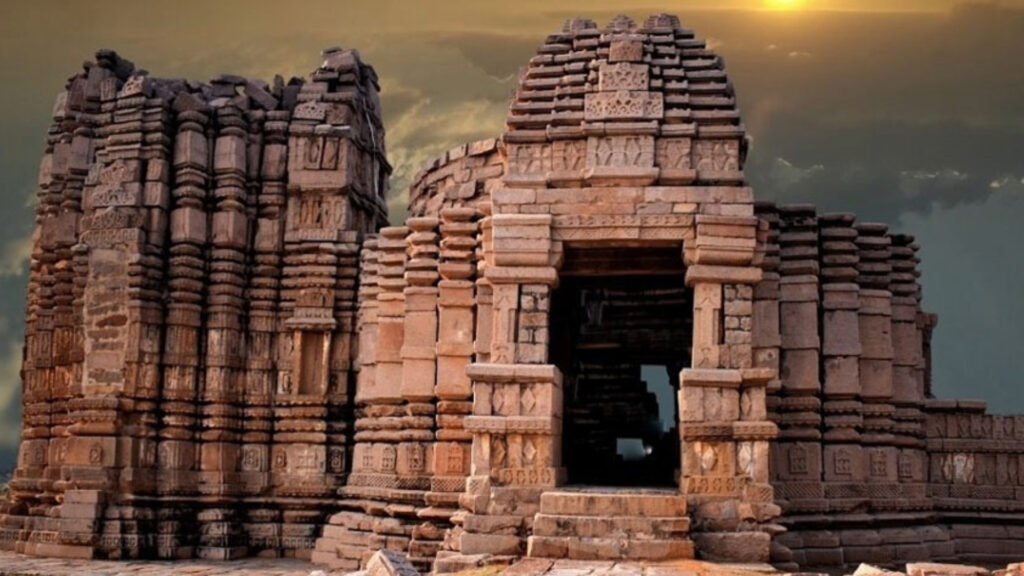
2. Gokhar Hill
Gokhar Hill, nestled in the Mahoba district of Uttar Pradesh, boasts ancient Jain rock-cut images of Tirthankaras, along with caves, waterfalls, and temples. This picturesque hill was not only adorned with spiritual significance but also served as the residence for Guru Gorakhnath and his disciples, who adhered to the Nath sect of Hinduism. Today, Gokhar Hill stands as a favored destination for pilgrims seeking tranquility, climbers yearning for adventure, and picnickers looking to revel in its natural beauty.
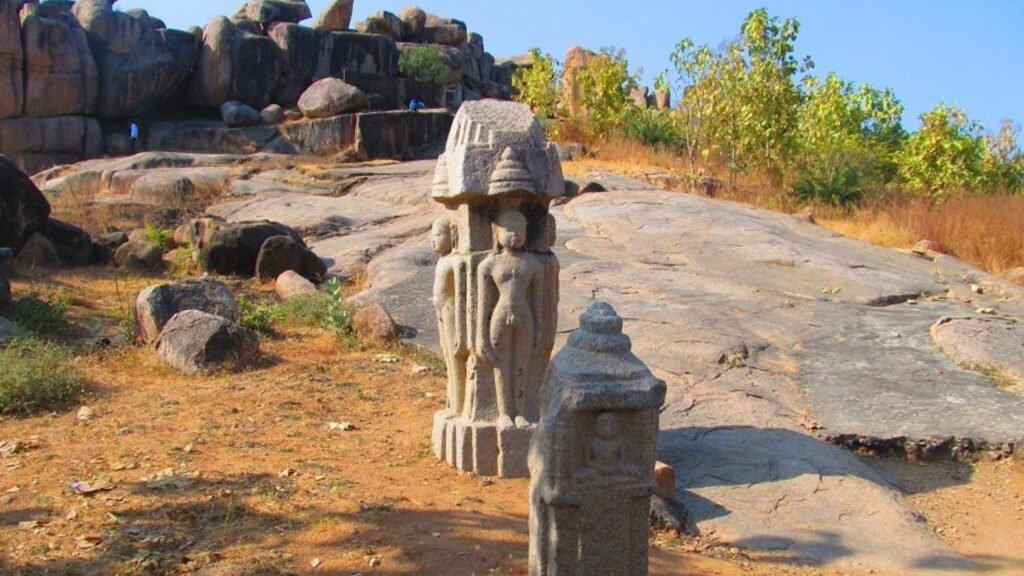
3. Khakhra Math
Khakra Math stands as an ancient temple complex in Mahoba, Uttar Pradesh, commissioned by the Chandela kings. Erected in the 10th century AD, Positioned on an island within the Madan Sagar lake, adjacent to the Kakramath temple, this revered site comprises multiple shrines dedicated to Hindu deities like Shiva, Vishnu, Ganesha, and Durga. Adorned with intricate carvings and sculptures depicting scenes from Hindu mythology and legends, Khakra Math adds to the rich cultural heritage of Mahoba. Once the capital of the Chandela dynasty, which wielded authority over significant portions of central India, Mahoba continues to treasure these historical treasures.
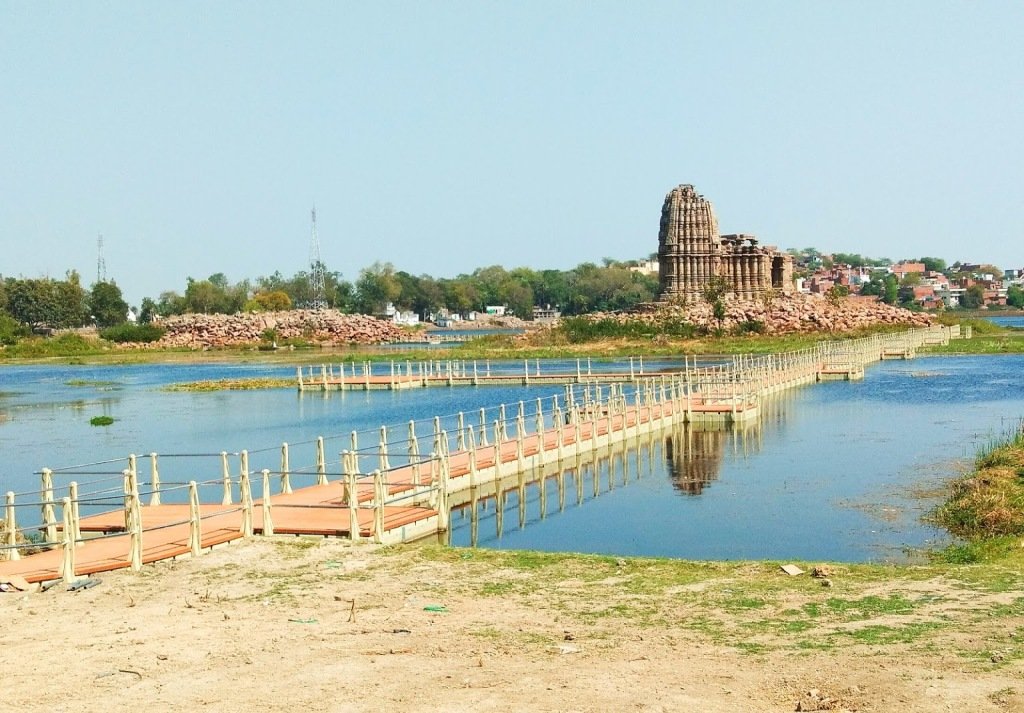
4. Senapati Mahal
Senapati Mahal, situated in the town of Mahoba, Uttar Pradesh, is a historical palace alternatively known as Raj Mahal or the Palace of the Commander. Raja Madhukar Shah, a Bundela Rajput king, commissioned its construction in the 16th century to serve as the residence for his army commanders. This palace stands as a splendid illustration of Bundela architecture, featuring domes, arches, pillars, a spacious courtyard, and a garden. A testament to the rich heritage of Mahoba, Senapati Mahal is a captivating tourist attraction, offering visitors a glimpse into the regal history and architectural finesse of the bygone era.
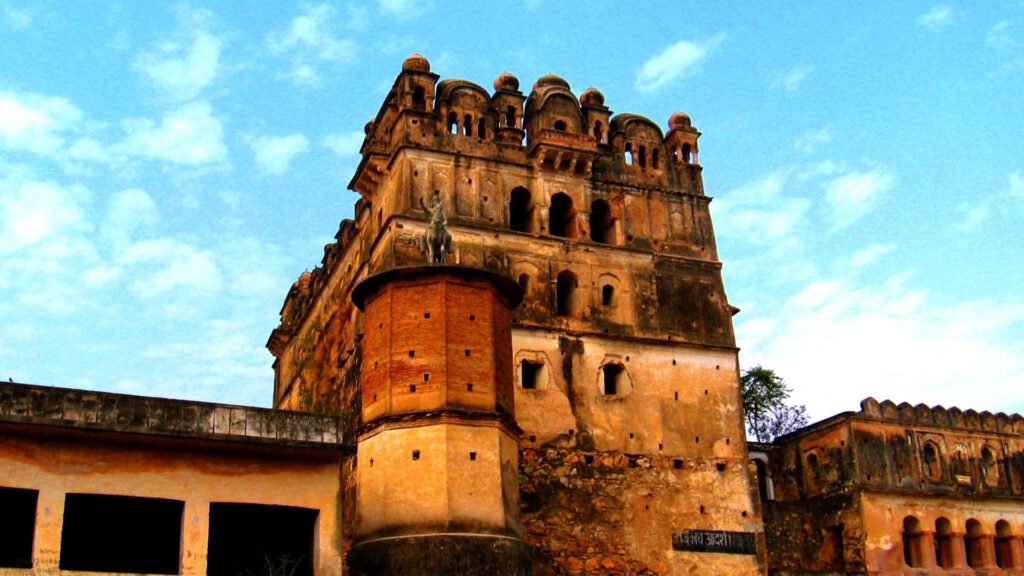
5. Mahoba Mahotsav
Mahoba Mahotsav, an annual cultural extravaganza held in Mahoba, Uttar Pradesh, serves as a vibrant celebration of the rich heritage, art, and folklore embedded in the Bundelkhand region. Orchestrated by the District Tourism and Culture Council Mahoba, with collaborative efforts from the state government and local organizations, the festival unfolds a diverse array of events. From captivating folk dances, melodious music, and enthralling drama to poetic recitations, vibrant paintings, exquisite handicrafts, and spirited sports competitions, the festival becomes a kaleidoscope of cultural expressions. A poignant aspect of Mahoba Mahotsav is its homage to legendary local heroes like Alha, Udal, and Rani Durgavati, revered for their valiant struggles against invaders. This cultural fiesta serves as a dedicated endeavor to preserve and propagate the cultural identity of Mahoba and its resilient people.
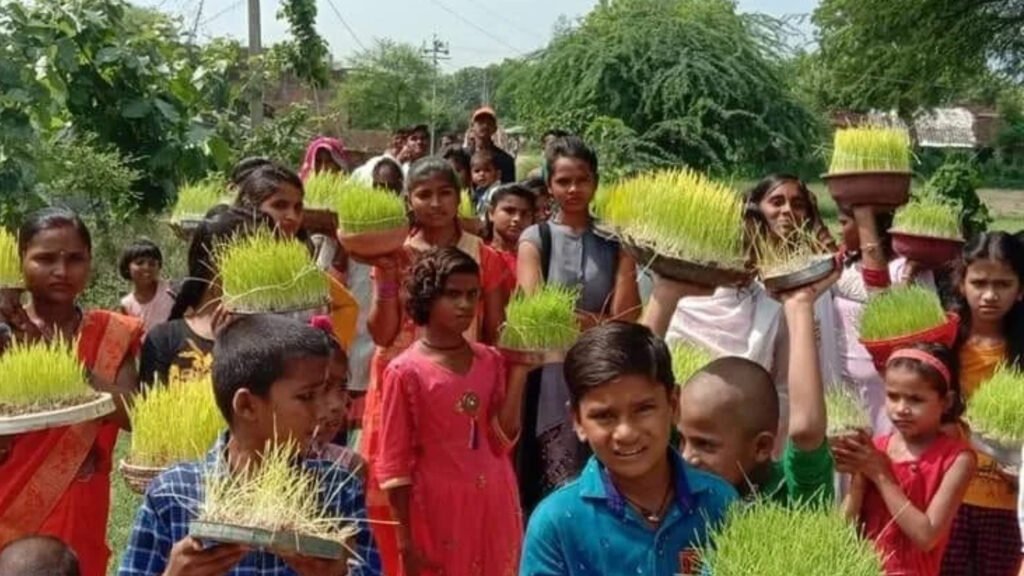
6. Chandela Fort
Perched atop a hill in Mahoba, Uttar Pradesh, the Chandela Fort stands as a testament to history, having been constructed by the Chandela kings who held dominion over the Bundelkhand region from the 9th to the 13th century CE. Alongside Khajuraho, Kalinjar, and Ajaigarh, this fort served as a formidable stronghold for the Chandela dynasty. Adorned with temples, palaces, water tanks, and a formidable stone gate known as Khooni Darwaza (Bloody Gate), the fort witnessed numerous battles and sieges, particularly during the reign of Paramardi, the last influential Chandela king. Notably, the fort faced challenges from Prithviraj Chauhan, the Chahamana ruler of Delhi, during a raid around 1182-83 CE, and later, the Ghurid general Qutb ud-Din Aibak, who successfully captured the fort around 1202-03 CE. The fort remained under the control of various Muslim dynasties until the 16th century when it was eventually conquered by the Bundela chief, Raja Bir Singh Deo.
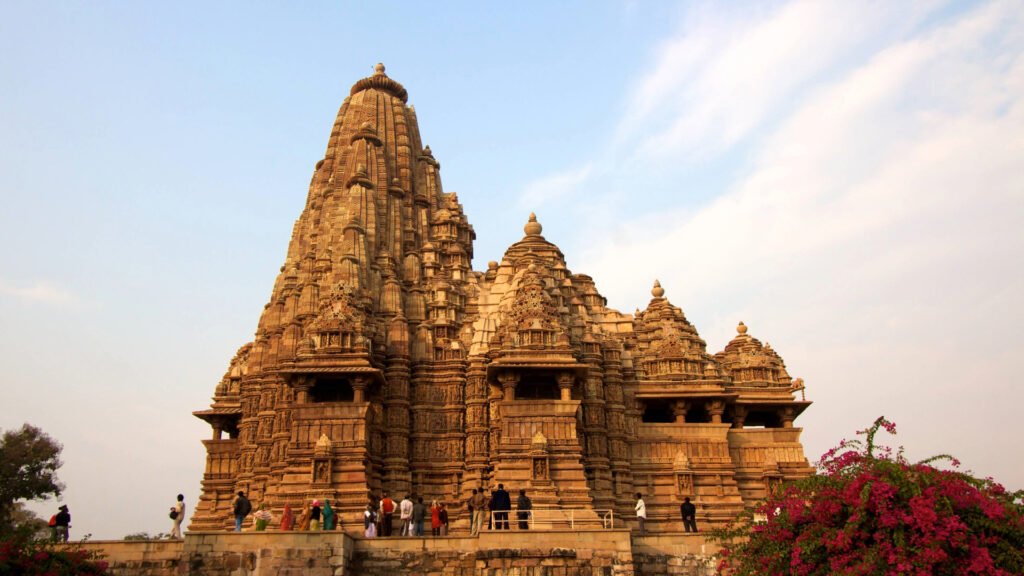
7. Ram Van Temple
Nestled in Mahoba, Uttar Pradesh, the Ram Van Temple is a sacred Hindu shrine dedicated to Lord Rama, positioned on the revered Gokhar hill. According to belief, this hill served as the abode for Rama, Sita, and Lakshmana during their exile, with the temple holding significant historical and spiritual importance. Within its premises lies the Sita Rasoi cave, where it is said that Sita prepared meals for Lord Rama, and the Ram Kund water tank, where Rama is believed to have bathed. Commissioned by the Chandela kings, who held sway over the Bundelkhand region from the 9th to the 13th century CE, the temple stands as a fine specimen of Chandela architecture, akin to the renowned Khajuraho temples. Its uncomplicated structure comprises a sanctum, mandapa, and porch adorned with sculptures depicting various deities, animals, and floral motifs. The temple’s surroundings include smaller shrines like the Hanuman temple, Ganesha temple, and Nandi temple, enhancing the spiritual ambiance of this revered site.
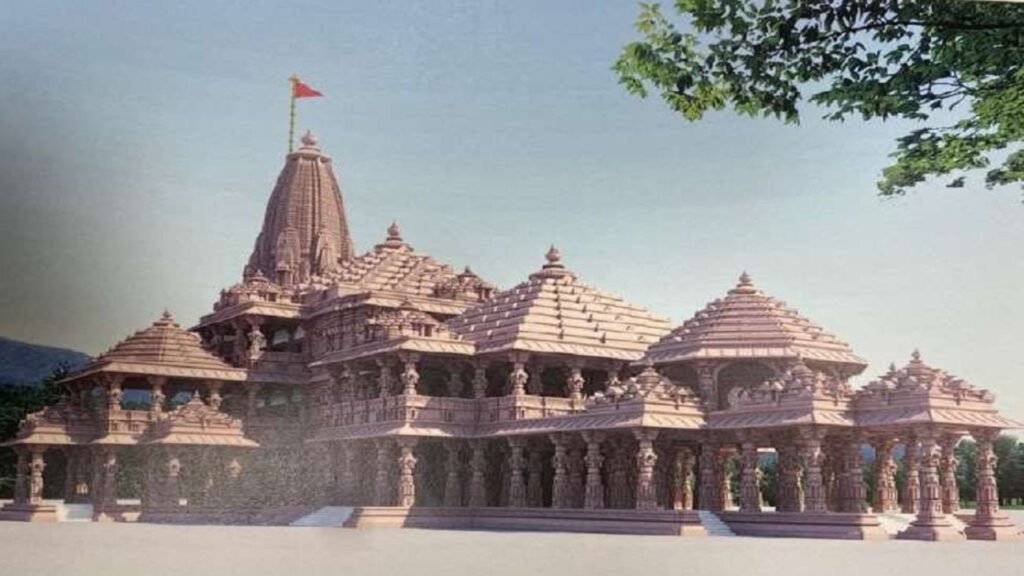
8. Reti Ghat
Nestled along the picturesque banks of the Urmil river in Mahoba, Uttar Pradesh, Rati Ghat stands as a serene and enchanting destination. Named after Rati, the goddess of love and beauty, the spot is steeped in mythology, believed to have been visited by Rati and her husband Kamadeva, the god of desire. The site also carries the echoes of the legendary tale of Alha and Udal, valiant warriors of Mahoba who faced the Chandelas. At Rati Ghat, a temple dedicated to Rati and Kamadeva and a statue of Alha pay homage to these tales. Renowned for its natural beauty, particularly captivating during sunsets and the monsoon season, Rati Ghat is a favored locale among tourists and locals alike. It not only offers a tranquil escape but also serves as a venue for cultural events and festivals, including the vibrant Mahoba Mahotsav.
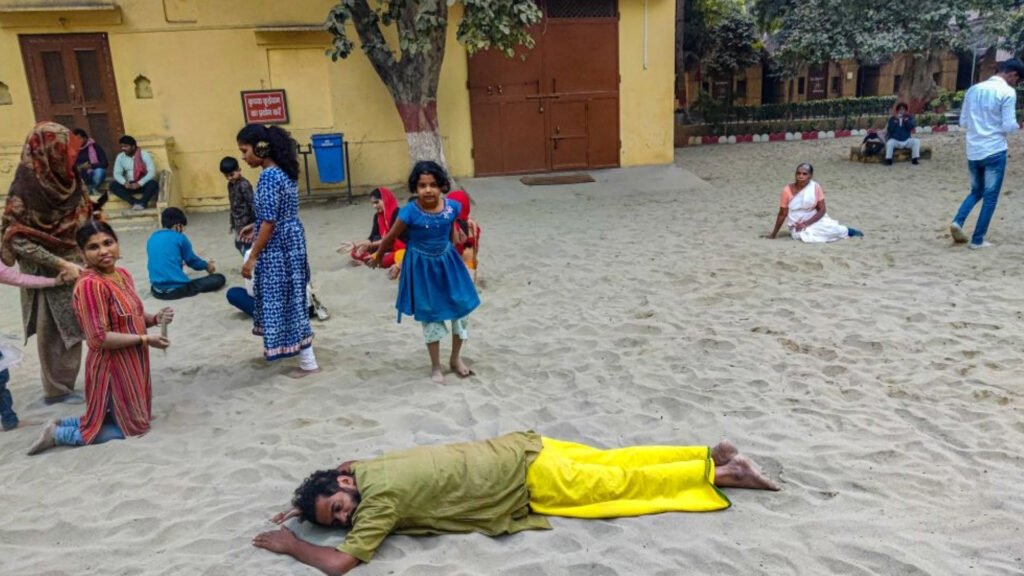
9. Kakanmath Temple
Situated in Mahoba, Uttar Pradesh, the Kakramath Temple stands as a significant historical and religious site. Positioned on an island within the Madan Sagar Lake, in close proximity to the Madan Temple dedicated to Lord Vishnu, this granite structure exhibits a pyramid-like design reminiscent of the temples in Khajuraho. Renowned within the Nath faith, a Hindu sect founded by Baba Gorakhnath, the temple holds deep religious significance. Constructed by Chandela ruler Rahila during his reign between 890 and 910 A.D. the Kakramath Temple is a fine representation of the Pratihara architectural style prevalent in the region. Also recognized as Kakramath Mandir or Kakramath Nath Mandir, it continues to be a revered site for devotees and a testament to the rich historical and cultural tapestry of Mahoba.
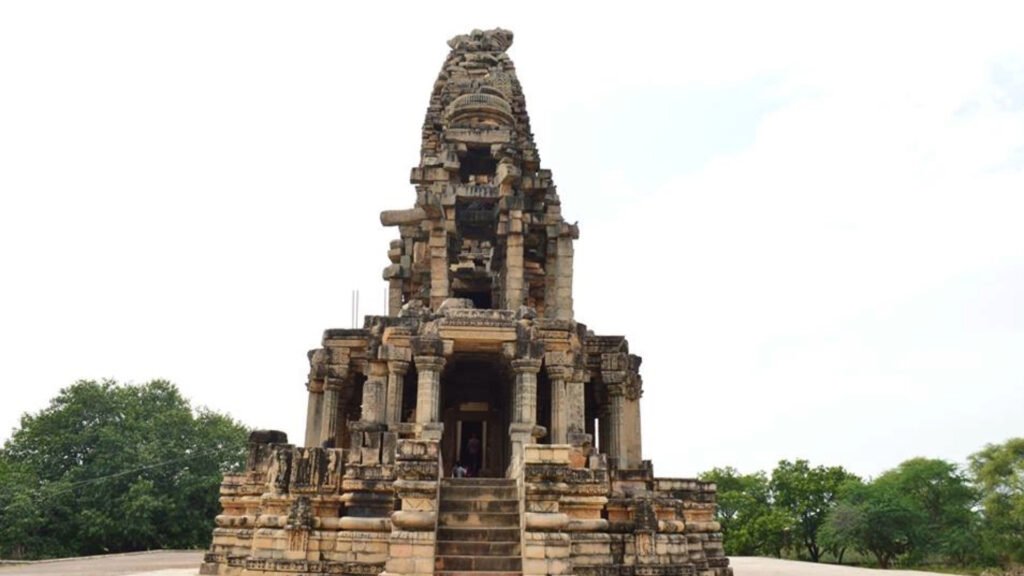
10. Kalinjar Fort
Kalinjar Fort, an additional historical marvel in Mahoba, Uttar Pradesh, is situated approximately 56 km from the city amidst the Vindhya hills. Erected by the Chandela kings in the 10th century, this formidable fortress served as a key stronghold for their empire. Over the centuries, it withstood numerous battles and sieges, featuring prominently in conflicts involving Mahmud of Ghazni, Qutb-ud-din Aibak, Humayun, Sher Shah Suri, Akbar, and the Marathas. Renowned for its rock-cut sculptures, temples, water reservoirs, and the Neelkanth temple, where Lord Shiva is believed to have consumed the poison from the ocean’s churning, Kalinjar Fort is steeped in history and legend. Its association with the heroic tales of Alha and Udal, two courageous warriors of the Chandela dynasty, adds to its allure. Designated as a UNESCO World Heritage Site, the fort stands as a captivating tourist destination, inviting visitors to explore its rich historical tapestry.
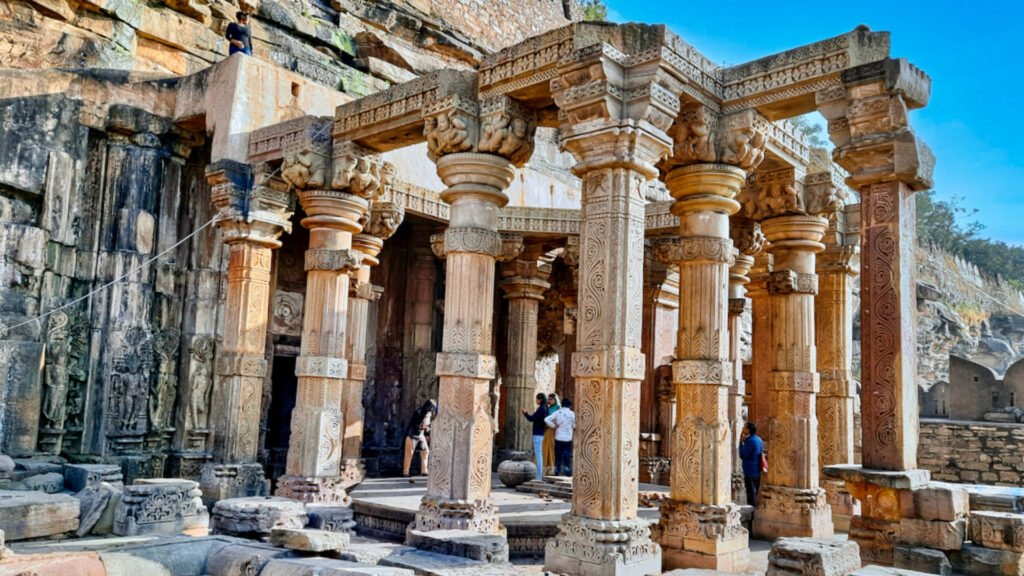
These were some places to visit in Mahoba. Hope you liked it. Have a safe journey!
How To Reach Mahoba
Reaching Mahoba can be done through various modes of transportation. Here’s a guide on how to reach Mahoba:
By Air:
- Nearest Airport:
- The nearest airport to Mahoba is Khajuraho Airport (IATA: HJR), located approximately 67 kilometers away.
- Air Connectivity:
- Khajuraho Airport is well-connected to major cities like Delhi and Varanasi. From the airport, one can hire a taxi or use other local transportation to reach Mahoba.
By Road:
- Bus Services:
- Mahoba has a well-connected road network with regular bus services to nearby cities and towns.
- State-run and private buses operate on various routes, offering a budget-friendly option for travelers.
- Private Vehicles:
- One can also reach Mahoba by hiring a taxi or driving in a private vehicle. The city is connected to major highways, making road travel a viable option.
By Train:
- Railway Station:
- Mahoba Junction (MBA) is the primary railway station serving the city.
- Train Connectivity:
- Mahoba Junction is well-connected to major cities like Delhi, Mumbai, Varanasi, and others. Regular trains ply to and from Mahoba, making it a convenient mode of transportation.
| Train Name | Train Number | Departure Station | Departure Time | Arrival Station | Arrival Time | Distance | Fare |
|---|---|---|---|---|---|---|---|
| Uttar Pradesh Sampark Kranti Express | 12448 | H Nizamuddin | 20:00 | Mahoba | 03:27 | 541 km | ₹ 1,015 |
| Mahakaushal SF Express | 12190 | H Nizamuddin | 12:53 | Mahoba | 21:40 | 541 km | ₹ 1,015 |
These trains running status may vary according to trains schedule, timing & availability. For accurate details you can visit official website of railway – IRCTC
Mahoba Weather & Temperature
Mahoba experiences a subtropical climate with hot summers, reaching temperatures exceeding 40°C. Monsoons, from July to September, bring moderate to heavy rainfall. Post-monsoon months (October to November) see a gradual decrease in temperature. Winters (December to February) are cool, with temperatures ranging from 5-10°C. For the latest and most accurate weather information, it’s recommended to check a reliable weather website or consult the local meteorological department.
Nearby Places to Visit In Mahoba
| City | Tourist Attraction | Distance from Mahoba |
|---|---|---|
| Khajuraho | Varaha Temple | 64 km |
| Chhatarpur | Kalinjar Fort | 56 km |
| Banda | Gokhar Parvat | 50 km |
Frequently Asked Questions:
Kanpur To Mahoba Distance?
The distance from Kanpur to Mahoba is approximately 195 kilometers.
Mahoba To Khajuraho Distance?
The distance from Mahoba to Khajuraho is approximately 64 kilometers.
What is Mahoba famous for?
Mahoba is renowned for its Sun temple built in the ninth century, the presence of 24 rock-cut Jain tirthankara images on Gokhar hill, its rich historical and cultural heritage, and its connection to the Chandela dynasty and the legendary warriors Alha and Udal.
Is Mahoba rural or urban?
The total population of Mahoba district is 875,958, with 690,577 residing in rural areas and 185,381 in urban areas. The Mahoba tehsil, being the largest and most populous, accommodates 383,583 people within an area of 1,186 km.



